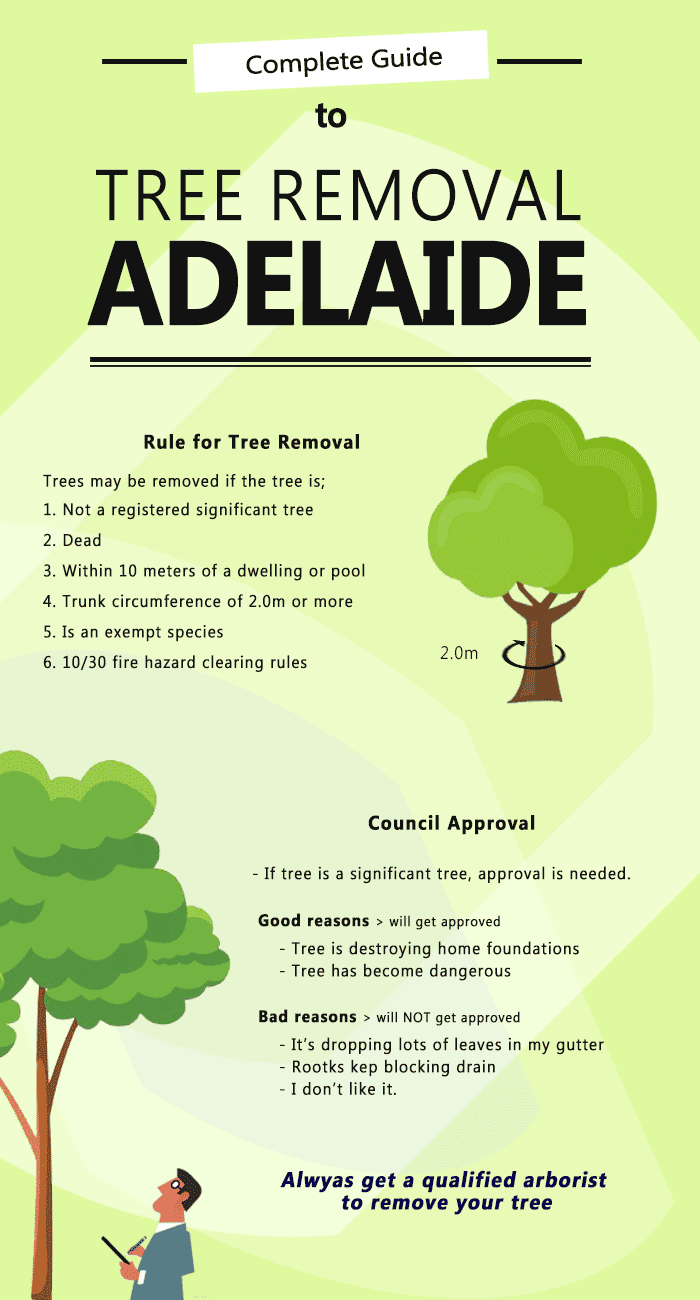Signs It's Time For Tree Removal: Just How To Identify Harmful Trees
Signs It's Time For Tree Removal: Just How To Identify Harmful Trees
Blog Article
Content Author-Reid Connell
When it concerns tree treatment, identifying the signs that it's time for removal is crucial for your safety and security and residential property. You may notice tarnished fallen leaves, wilting branches, or odd fungal developments showing health issue. Structural problems, like a substantial lean or fractures in the trunk, can likewise pose threats. Recognizing these warning signs can help you make informed choices about your trees and stop potential dangers hiding in your yard. What should you search for next?
Indicators of Decay and Disease
When you observe indications of decay and disease in your trees, it's critical to act promptly. Try to find discolored leaves, wilting branches, or uncommon developments like fungi. These can indicate that your tree is having a hard time.
If you see fractures in the bark or soft, mushy timber, these symptoms suggest inner degeneration. Additionally, a sudden boost in insects around your tree can signal that it's deteriorated and vulnerable.
Look for any dead or dying limbs, as they present a threat to your residential or commercial property and safety and security. If mouse click the up coming website doubt about what you see, getting in touch with an arborist can supply clarity.
Attending to these indications early can save you from extra comprehensive damages and make certain the health of your backyard. Don't wait up until it's far too late.
Structural Instability and Leaning
As you observe your trees, keep an eye out for any indications of architectural instability or leaning. If a tree leans substantially, it may show that the root system is compromised.
Try to find any fractures in the trunk or dirt around the base; these can signal prospective failing. Additionally, look for unusual development patterns, like an uneven crown, which may recommend that the tree is struggling to hold itself upright.
If you notice that the tree leans toward your home, power lines, or other structures, it positions a better danger. Don't neglect these indications-- speak with an arborist to examine the situation.
Taking action early can protect against expensive damage and ensure your safety.
Dead or Perishing Branches and Foliage
If you see dead or dying branches and vegetation on your tree, it's a clear indication that something's incorrect.
These harmful locations can show underlying concerns like condition, bug invasions, or ecological stress and anxiety. When read page lose their leaves or transform brown, they're no more contributing to the tree's health. Disregarding these signs can cause more decline, making your tree a lot more harmful.
Dead branches can conveniently break off during storms, posturing a risk to building and individuals nearby. It's important to examine the extent of the damage.
If the trouble impacts a significant part of the tree, take into consideration seeking advice from a professional. They can assist figure out if removal is required to make certain security and preserve the charm of your landscape.
Final thought
If you observe any kind of signs of degeneration, structural instability, or dead branches on your trees, do not overlook them. These indications can pose severe safety and security risks to you and your residential property. It's constantly best to get in touch with a professional arborist that can provide an expert assessment of your trees. Acting early can protect against mishaps and expensive damage, ensuring your landscape continues to be risk-free and healthy and balanced. Bear in mind, it's much better to be proactive concerning tree care than to wait for a disaster to take place.
